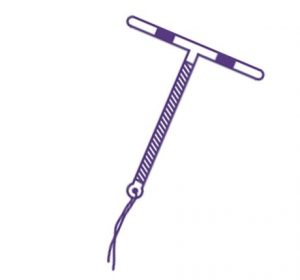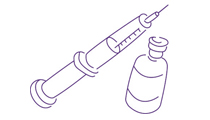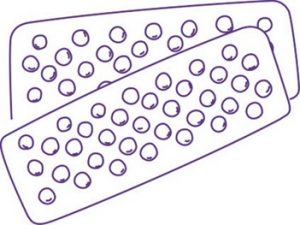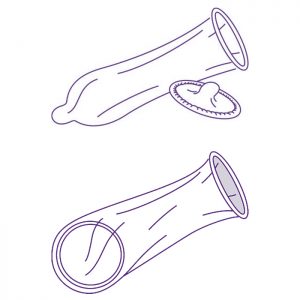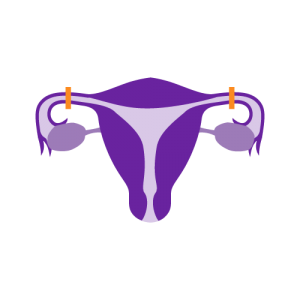If mifepristone is not available, misoprostol can also be used alone to end a pregnancy.
Taking misoprostol alone is still an effective way to end a pregnancy, but it is more effective when taken in combination with mifepristone.
Most women will experience an abortion within the first 24 hours after taking misoprostol, although it sometimes takes longer.
When misoprostol is used alone, a woman will need repeat doses of the medicine to achieve a successful abortion.
The recommended regimen is three repeat doses of 800mcg misoprostol placed either under the tongue (sublingual route) or against the cheek (buccal route) every three hours. Since more doses are required, women should make sure they have at least 12 pills of 200mcg available to take.
Even if bleeding starts after the first or second dose, the woman should take all three doses for best results. Sometimes, to achieve a successful abortion, more than three doses of misoprostol (800mcg) may be needed.
Inserting misoprostol pills into the vagina (vaginal route) works well too but is not recommended in legally restricted settings as the pills may be detectable even several hours later. In some cases, women seeking medical attention have been reported to the police for having an abortion without the approval of a health provider.

